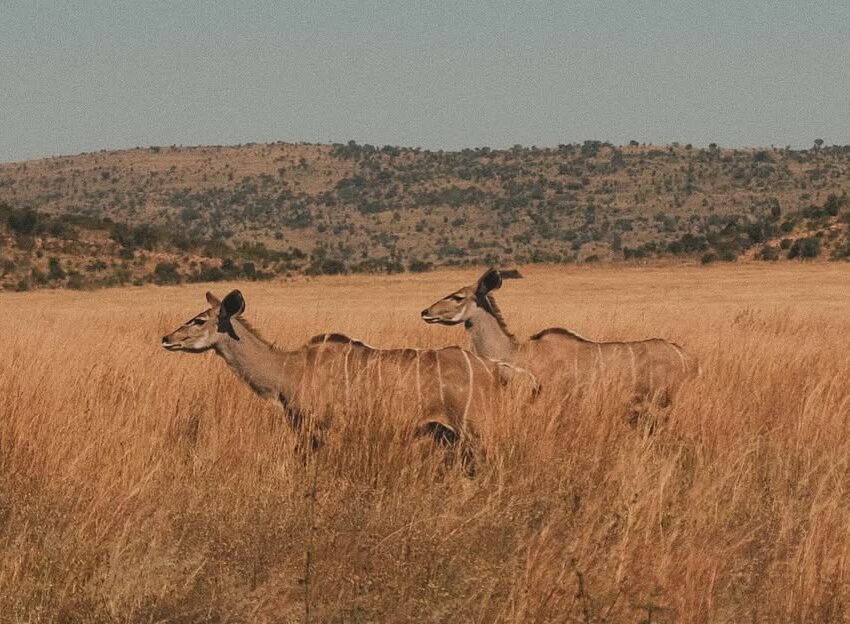
Waterberg:picture: pexels
The Waterberg region in Limpopo is one of South Africa’s most exquisite – and most underrated in our opinion – natural treasures, teeming with wildlife and fascinating geology. Few people know all the interesting facts about this beautiful area.
Here are a few reasons to visit Waterberg.
1. The area is home to some of the oldest rocks on earth
Waterberg is called Thaba Metse in the Pedi language, meaning ‘place of water’. The magnificent peaks here – formed 1,800 million years ago by rivers depositing sedimentary sand – stood the test of time as they are chemically resistant to weathering factors. These sedimentary rocks are among the oldest in the world and the reddish oxidation colouring on the rocks was considered the earliest evidence of oxygen in the atmosphere. Because there are now more sophisticated methods of dating, the oldest is now considered to be in Finland (dating back around 2.2 billion years), but the “red beds” of Waterberg are among the three oldest visible oxygen traces on our planet.
2. There are over 2,000 species of plants
The Waterberg is a savanna biome and contains thousands of endemic plant species, including the iconic baobab, Marula and fever trees. Of the 2000 plant species that occur here, at least 30 are range-restricted, rare or endangered. Native grasses include signal grass, goosegrass and heather-topped grass, that serve as grazing for the impala, kudu, klipspringer and blue wildebeest, among others. You can see more about the plant species found in the region here.
3. Wild dogs, aardvarks and brown hyenas are often sighted
There are world-class Big Five venues here – specifically Lapalala, Welgevonden and Marakele – but, for those who want to tick more unusual sightings, many properties offer night drives with a great opportunity for sightings like aardvark, aardwolf, honey baggers, bushbabies, porcupine and caracal. It’s one of the best places to see brown hyenas and sightings of painted dogs are a real highlight.
4. The Waterberg is a great place to spot rhino
The Waterberg has the third-largest population of white rhinos in South Africa and the area is one of the most innovative and advanced in anti-poaching. Visitors to Welgevonden and Lapalala (both heavily protected by crack anti-poaching units) often joke that rhinos are more common than impala.
5. Home to rare antelope in the wild
Not many people have seen roan antelope in the wild. In the 1970s there were only about 21 individuals left here but now Waterberg is one of the best places to see free-ranging herds of Africa’s second-biggest antelope. (The largest is the eland – if you want to be exact the giant eland, also known as Lord Derby eland, found in Central Africa.) You can see wild herds of majestic roan at Ants Nest and Lapalala, and you’re also likely to see the resident habituated herd as you walk between buildings at Waterberg Living Museum!
Compiled by: Getaway
First published by Getaway
Also see: Escape the indoors with romantic getaways under R1000
